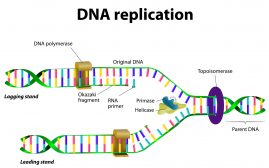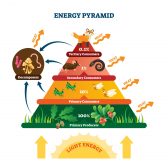Definition
noun
(biochemistry) A glucose metabolic pathway in which five-carbon sugars (pentoses) and NADPH are synthesized in the cytosol
Supplement
The pentose phosphate pathway is a pathway of hexose oxidation wherein glucose-6-phosphate is metabolized. The glucose-6-phosphate goes through two successive oxidations by NADP and the final one being an oxidative decarboxylation to form a pentose phosphate. Diverges from this when glucose-6-phosphate is oxidized to ribose-5-phosphate by the enzyme glucose-6-phosphate dehydrogenase. The primary outcome of the pentose phosphate pathway are as follows: (1) the generation of nicotinamide adenine dinucleotide phosphate (NADPH) that is used in other metabolic reactions such as fatty acid synthesis, (2) the synthesis of ribose 5-phosphate that is essential in nucleotide and nucleic acid synthesis, and (3) the production of erythrose 4-phosphate, which is needed in aromatic amino acid synthesis.
The pentose phosphate pathway also serves as an alternative metabolic route to Embden Meyerhof pathway for the breakdown of glucose. This pathway is the main metabolic pathway in neutrophils; congenital deficiency in the pathway produces sensitivity to infection. In plants, part of the pathway functions in the formation of hexoses from carbon dioxide in photosynthesis.
Synonym(s):
- Dickens shunt
- Warburg-Lipmann-Dickens-Horecker shunt
- phosphogluconate pathway
- hexose monophosphate shunt
See also:







